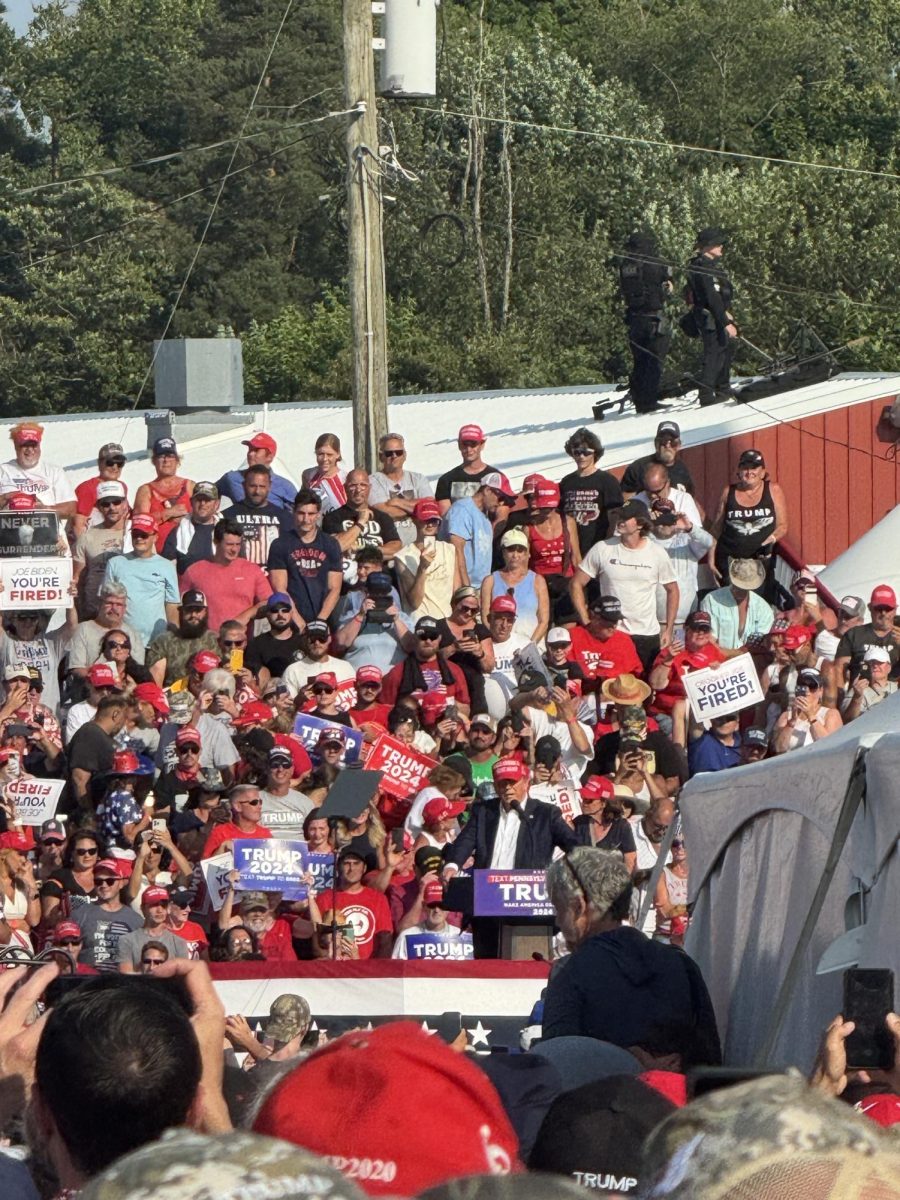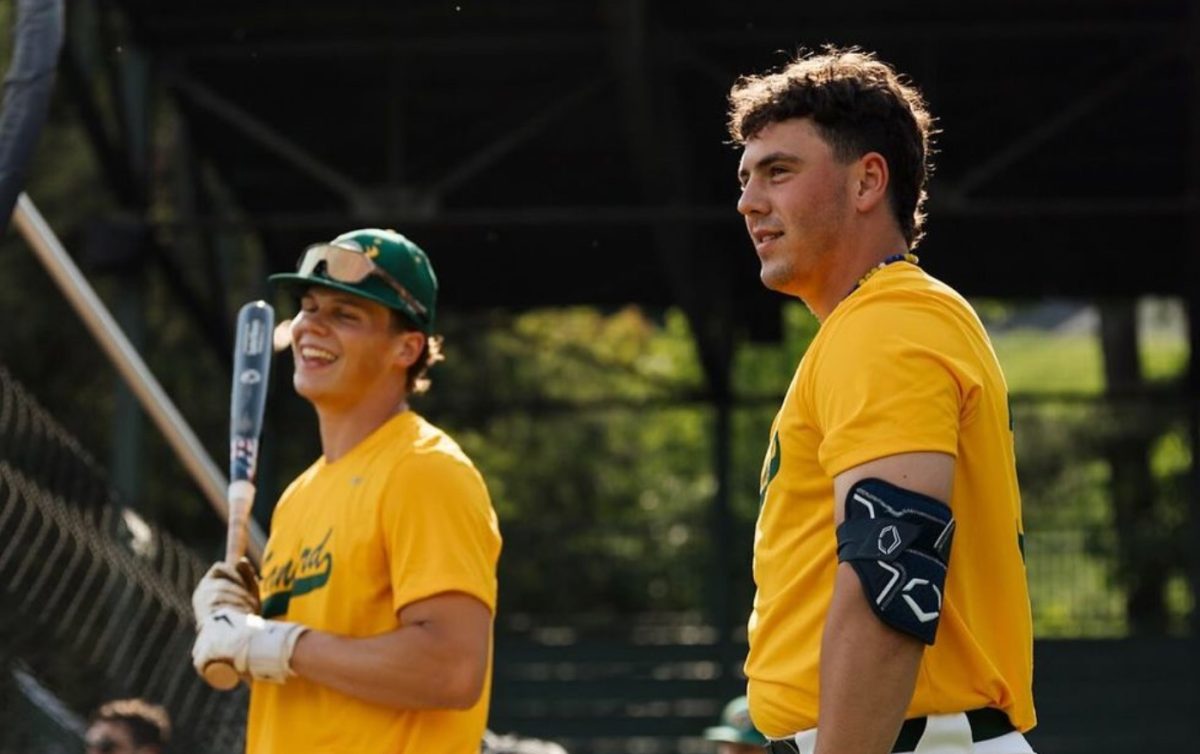“Star Wars: The Bad Batch”: Not A Filler Series
March 14, 2023
“Star Wars: The Bad Batch ” is now halfway through its second season. The season has a lot to be proud of, but the main complaint is there is too much filler. While there are a lot of episodes that don’t directly cover the overall story of season two, each episode serves a purpose.
Episodes that only dealt with fighting the Empire would get boring over a series as long as the “Bad Batch”. But like “Star Wars: The Clone Wars”, the length is important. It doesn’t need to be only six episodes. Just like its predecessor, anything can be a “Star Wars” story like heists, car racing, treasure hunts, and random little side quests.
Each story holds a purpose, just like real life. Executive producer, Dave Filoni, gave head writer Jennifer Corbett advice about writing for “Star Wars”: “If you can’t relate what you’re saying in this episode to the real world, then you shouldn’t be telling this story. Because even though you’re dealing with Star Wars it needs to be grounded in some sort of reality, otherwise you’re just playing in a place that you shouldn’t.”
The world in which we live does not have laser swords and “the force” but the political climate is the same. The Empire is the symbol of America during Vietnam, the Republic is also America and viewers during the time of the prequels compared it to the Bush Administration. Subplots of the “Bad Batch” episodes give it a different edge than other forms of media.
If the “Clone Wars” released one story arc at a time on Disney, would it get the reception it did on Cartoon Network in 2008? It gave us story arcs that never had anything to do with the overall dynamic of the “Clone Wars” and some of those were the best stories. The Battle of Umbara Arc with Captain Rex and Jedi General Pong Krell was such a sideshow to the main threat of the overarching story. Straying from the main conflict in favor of explaining one battle in the “Clone Wars” out of a thousand.
Even the R2-D2 Story on Abafar, a planet far out from the core of the galaxy, is how the “Star Wars” fanbase learned of Captain Gregor, a Clone Commando that became a fan favorite. These episodes are meant to stand alone. They are little side quests.
Weird oddities happen within reality so it’s logical that these events happen in a “Star Wars” world. Individuals don’t spend six months on ONE singular event, life has multiple events that build experiences throughout. It all compounds to make the ending choices so consequential.
The main concept to keep in mind is in conflict with what happens with Marvel’s six-episode formatted series, or in other terms Marvel’s version of a limited series. These Star Wars series are not just one movie story, they are full-blown shows. “Clone Wars” animation is always in arcs, even “Tales of the Jedi” which were short 15-minute episodes, translated into a full arc for around 45 minutes.
“Star Wars” shows are handled like “Star Wars” shows and Marvel is handled like Marvel. The formula of six episodes and one complete storyline series works well for Marvel. In “Star Wars” there are always more stories to tell, as anything can be a “Star Wars” movie. There were heists in “Clone Wars”, there was a story that changed the entire mythos of “Star Wars” and in “Bad Batch” the same has been true.
“Bad Batch” isn’t at fault because it doesn’t keep one storyline, it branches off into new ways of tackling “Star Wars” with new and old characters. It shows us the growth of the characters no matter the story. What matters most is how impactful it is to the Batch and how it shapes their decisions in the future to come.






